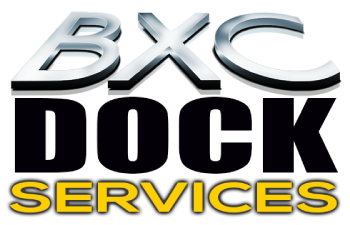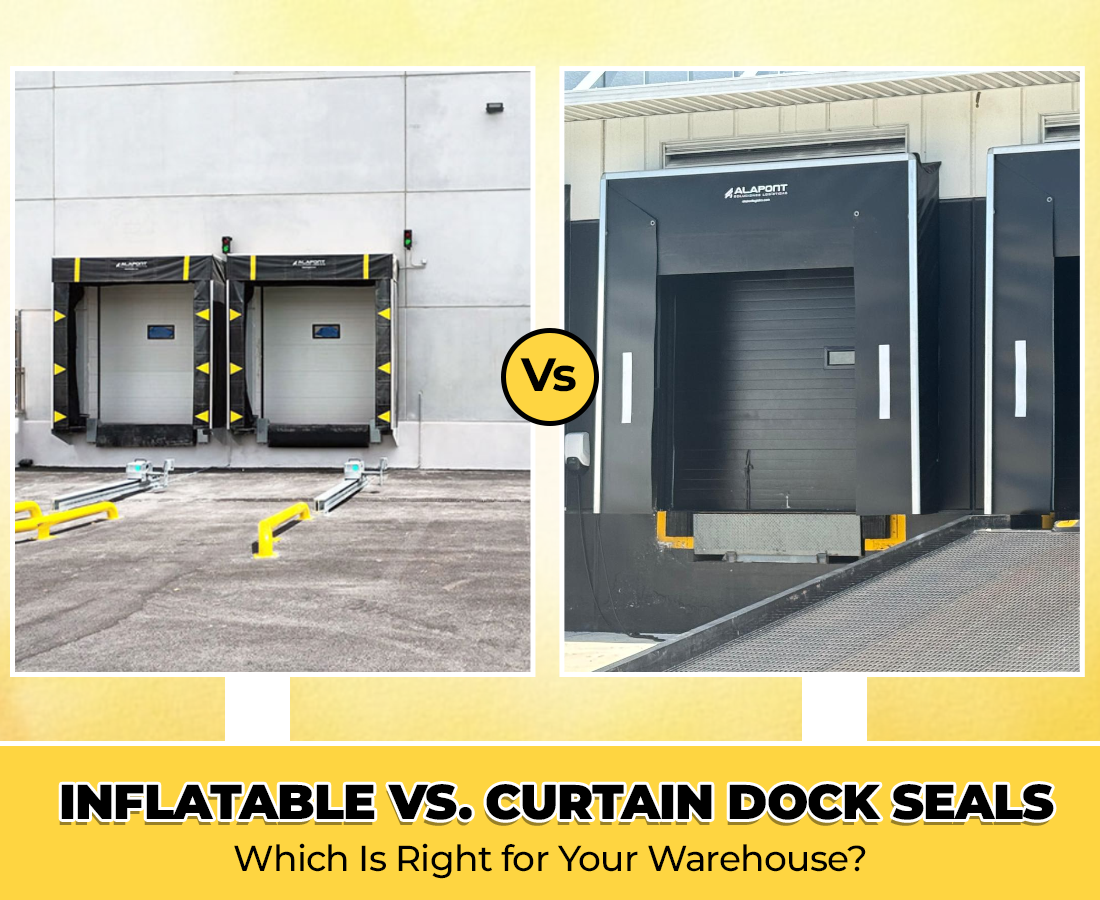Keeping a tight seal between a truck trailer and your dock is more than just a comfort issue—it’s a matter of efficiency, product protection, and safety. Dock seals reduce energy loss, block debris, and help maintain climate control inside your facility. But when it comes to dock seals for warehouses, you’ll often face two main choices: inflatable dock seals and curtain dock seals. Each has its strengths, so understanding the difference can help you make the best call for your operation.
Inflatable Dock Seals: Precision and Adaptability
Inflatable dock seals work by inflating around the back of a trailer to create a customized seal. This makes them ideal for warehouses that handle a wide variety of truck sizes and styles. They adapt to irregular trailer shapes, providing a snug fit that prevents air exchange and keeps pests, dust, and moisture out.
One of their biggest advantages is energy efficiency. Because they conform so well, they minimize heating and cooling loss—something that adds up over a year. They also reduce wear and tear on building HVAC systems by keeping temperatures stable.
On the flip side, inflatable models have moving parts—fans, blowers, or inflation systems—that need regular upkeep. Choosing a professional Dock Seal Installation ensures they are set up correctly and that you have a maintenance plan in place.
Curtain Dock Seals: Simplicity and Durability
Curtain dock seals use flexible fabric panels that hang down to overlap the truck opening. They’re simple, with no inflation system or mechanical components. This makes them a popular choice for high-traffic docks where speed and durability are essential.
Curtains are particularly effective for standard-sized trailers that back in at consistent heights. They’re low-maintenance, with most care focused on checking for fabric wear or tears. Since there’s no blower system, the risk of mechanical failure is minimal.
However, they may not seal as tightly as inflatable systems on non-standard trailer sizes, which can lead to slight energy loss in temperature-controlled environments.
Cost and Maintenance Considerations
When it comes to Loading Dock Seal Miami projects, cost is often a deciding factor. Curtain dock seals usually cost less upfront and have minimal ongoing maintenance expenses. Inflatable dock seals typically have a higher initial investment, but they can save on energy costs over time—especially in climate-controlled warehouses.
Maintenance needs also vary. Inflatable systems require inspections for leaks, blower function, and proper inflation. Curtain seals mostly need fabric checks and occasional replacement of panels. Partnering with a provider like BXC Dock Services ensures you get both expert installation and a maintenance plan that fits your budget and workflow.
Choosing the Right Seal for Your Warehouse
If your warehouse sees a lot of varied truck sizes, inflatable dock seals might be worth the investment for their adaptability and superior sealing performance. On the other hand, if your operation deals mostly with standard trailers and prioritizes durability with low maintenance, curtain dock seals could be the smarter choice.
Either way, professional Dock Seal Installation makes all the difference. A poorly fitted seal can lead to air gaps, water leaks, and premature wear—costing more in repairs than the seal itself. Skilled technicians measure, fit, and install the system to match your specific dock dimensions and traffic patterns.
FAQs
Q1: How long do dock seals typically last?
With regular maintenance, both inflatable and curtain seals can last 7–10 years.
Q2: Can inflatable dock seals handle heavy daily use?
Yes, they are designed for frequent use but require routine inspections to ensure proper function.
Q3: Do curtain dock seals work for refrigerated warehouses?
They can, but inflatable seals may provide better temperature control for cold storage facilities.
Bottom Line
Choosing between inflatable and curtain dock seals comes down to your traffic type, climate control needs, and maintenance capacity. Inflatable seals excel in adaptability and energy efficiency, while curtain seals shine in durability and simplicity. For expert advice, precision Dock Seal Installation, and ongoing support, BXC Dock Services is your go-to partner for all dock seals for warehouses. Call today for a free estimate and take advantage of our 10% discount for new customers.


